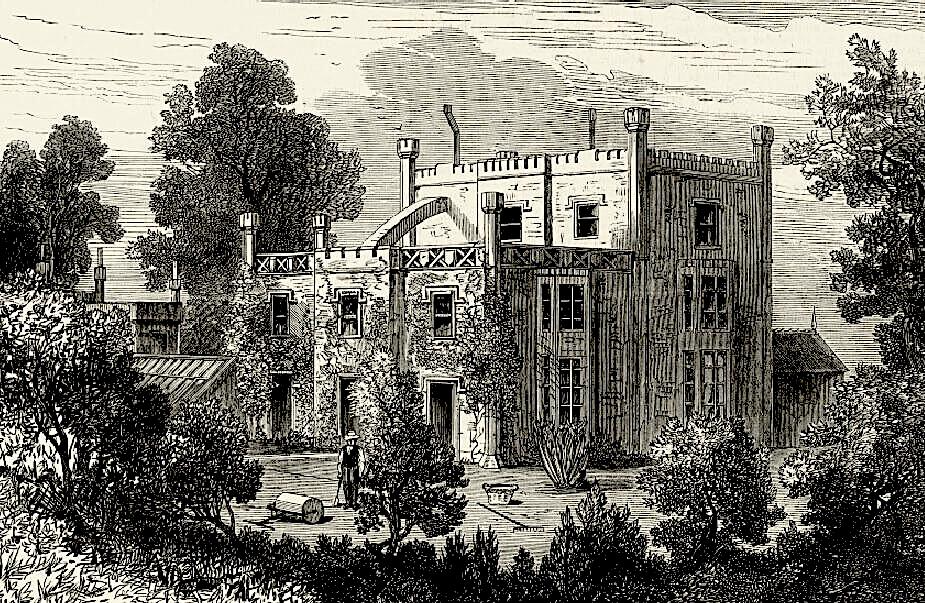A Short History of Balham

Balham, nestled in south-west London, has a history stretching back over 1,000 years. Its name derives from the Anglo-Saxon Bealhām, meaning “homestead in a rounded enclosure.” First recorded in a land charter from the year 957, the area was mostly rural farmland for centuries.

In the 19th century, Balham was transformed by the arrival of the railways. Balham Station opened in 1856, and from that point, the area rapidly urbanised as commuters moved in. Victorian and Edwardian terraces sprang up, many of which still line the streets today.

In 1876, Balham became the centre of one of Victorian England’s most notorious unsolved crimes. Charles Bravo, a barrister living at The Priory on Bedford Hill, died after ingesting a fatal dose of antimony. Despite widespread media coverage and two inquests, no one was ever charged with the murder. The case remains one of Britain’s most enduring true crime mysteries, casting a long shadow over The Priory and its legacy.

One of Balham’s most famous buildings is Du Cane Court, a striking Art Deco block of flats built in the 1930s. It was the largest privately owned block of flats in Europe at the time and reportedly spared bombing in WWII because the Luftwaffe planned to use it as officers’ quarters.

Balham has also gained a cult following from its comedic references — most notably in the 1949 spoof travelogue “Balham: Gateway to the South,” made famous by Peter Sellers.
Today, Balham blends village charm with cosmopolitan style — a thriving neighbourhood full of independent shops, cafés, and a strong sense of community.